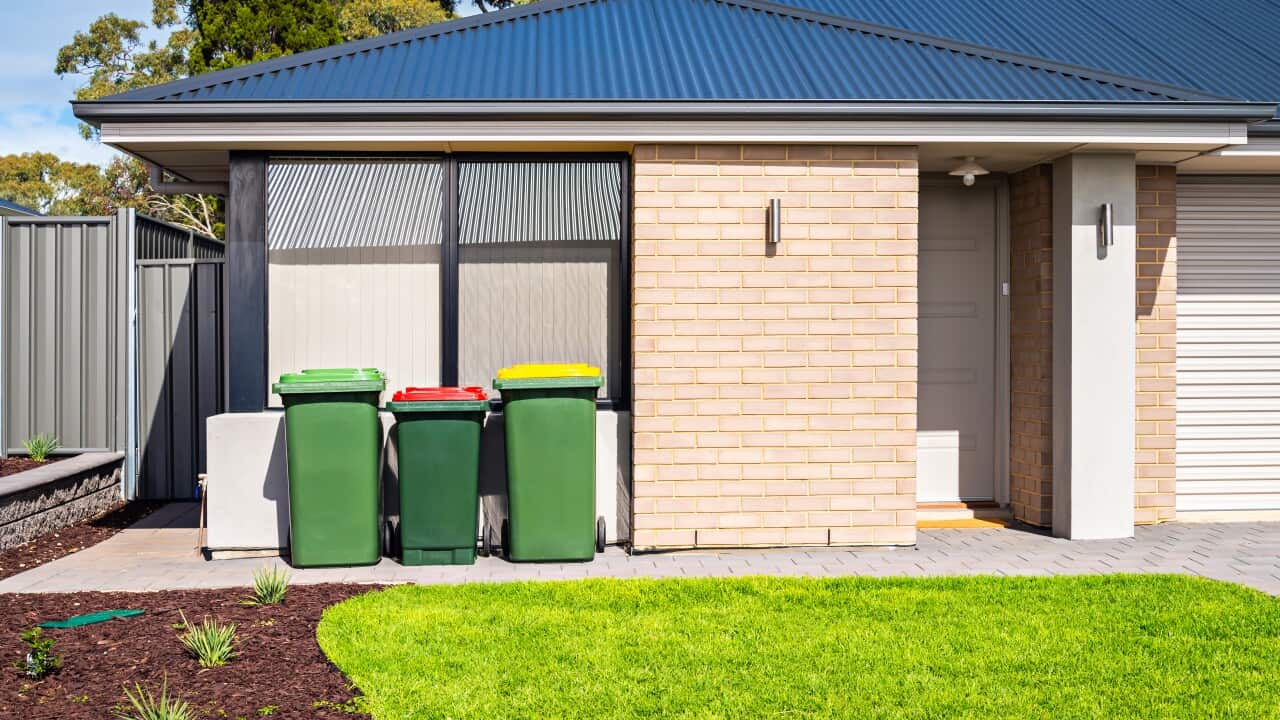KEY POINTS
- The phasing out of a national rental affordability scheme has advocates concerned about the impacts.
- There is a sharp rise in the homes exiting the scheme this year to more than 6,600.
- It comes amid skyrocketing rental prices and cost of living pressures.
Advocates are urging the federal government to continue a national scheme that allows lower-income households to rent properties at least 20 per cent below market rates.
The National Rental Affordability Scheme (NRAS) was rolled out in 2008 by Kevin Rudd's government and comes to an end in 2026, with more houses exiting the program each year.
This year, 6,619 rental properties will exit the scheme - and that has advocates concerned that more needs to be done to help alleviate the sharper cost of living and rental pressures on people.
The national spokesperson for the Everybody's Home campaign, Maiy Azize, said the phase-out of the scheme is going to put many Australians in a more precarious situation.
"It just means that they are going to be locked into rents that they can't afford," she told SBS News.
"It means they might get wiped out after they finish paying their rent. It means that they might not have enough money for bills, they might be taking on loans that they can't afford, or skipping meals and skipping other life essentials - and that was exactly what this scheme was designed to prevent."
Pledge to build 20,000 affordable homes won't go far enough - advocates
Under the NRAS, more than 38,000 properties were included in what advocates called the "largest-ever supply of affordable housing in Australia".
Housing providers are incentivised with a flat rate annual payment - indexed to the rental component of the CPI annually - from federal and state governments to allow them to offer lower rental prices to tenants.
The decision in 2014 to scrap the program by 2026 was reinforced under the previous Morrison government.
Advocates are urging the Albanese government, elected in May 2022, to continue the program beyond 2026.
Prime Minister Anthony Albanese outlined a new National Housing Accord in October 2022 as the government's approach to dealing with the supply and affordability of housing. The goal is to deliver from 2024 under a $350 million fund.
Ms Azize said that proposal is nowhere near enough to address the issues at hand.
"What we need is for them to really scale up their ambitions. So this government is promising to build 20,000 social homes in the next five years. That is a real drop in the ocean compared to what the need is - the need is 500,000 homes across the country."
Dr Michael Fotheringham from the Australian Housing and Urban Research Institute said action should have been taken earlier to tackle the scale of the problem.
"The best time to have addressed this was 20 years ago, the next best time is today. It's absolutely time, we can't keep pushing this down the road because it just continues to get more serious. We have significant issues around homelessness and housing unaffordability in this country, we need to take them very very seriously."
Impacts of scheme's phase out already being felt in Queensland
The published in November 2022, showed rents are rising at a faster pace than household incomes in Australia.
At least 58 per cent of low-income private renters are living in housing stress, defined as paying more than 30 per cent of income on rent.
Hobart was the least affordable city to rent a home, with more and more tenants in regional Australia facing struggles with rental affordability. The problem is exacerbated in flood-hit communities such as Lismore in northern NSW that has experienced multiple flood events in 2022.
Out of the 6,600 affordable properties that are being phased out of the National Rental Affordability Scheme this year, Queensland will be hit hardest, with 2,499 houses no longer offering cheaper rents.
In 2022, 1,320 Australian homes lost their affordable rental status with the exit from the scheme.
Queensland Council of Social Service CEO Aimee McVeigh said the burden is now falling more on charities and NGOs.
"It does increase pressure on social services as more and more people approach community organisations to have their basic needs met - that includes having a roof over their heads," she said.
"In the past few years community organisations have told us they're experiencing demand like never before; and that includes people coming for services who have never needed assistance before; and this is connected to people not being able to afford to rent a basic house in a private rental market."
With an estimated 46,000 people on the social housing register in the state, Ms McVeigh said the loss of affordable options for renters couldn't come at a worse time.
"Queensland really is at the epicentre of Australia's housing crisis. We have record rent increases, we have historically low vacancy rates and we have a population the size of [Queensland city of] Gympie waiting on our social housing register often for years.
"The last thing that we need during a housing crisis is the removal of any supports that are currently keeping people with a roof over their head."











